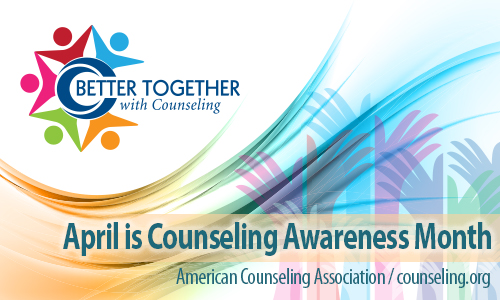|
2018 has some major changes in store at Flourish, and it's time to share our plans! We are growing both our space and our staff to be able to offer a wider variety of services and rates.
I've learned through my last few years as a counselor that grief is not what I once thought it was. I used to think that it only began after a loss had occurred, and generally that loss had to be severe, like the death of a loved one or the ending of a marriage.
I'm excited to announce that we are now offering SMART Recovery meetings! I have long been a believer in these free, science-based, addiction support meetings, but have been disappointed by the fact that they seem to missing in the downtown Dallas area.
I read these stats in an email from National Council for Behavioral Health today. Pretty eye-opening. More of us need to be aware of these systemic differences in health outcomes for Americans.
Bright and early a few days ago, I had the fantastic opportunity to teach a workshop about yoga to counselors from across our state at the Texas Counseling Association annual conference in Dallas. It was a great time! I shared a presentation, then led the group through a yoga practice so they could experience it for themselves. We ended our morning circling up for discussion.
Noticing beautiful objects, creatures, plants, landscapes, and people in our environment certainly impacts my health and wellness. I hope we are all able to find beauty around us, whether we are in a distant place or right outside our front door.
|
AuthorKambria Kennedy-Dominguez, LPC-S |
Phone: 972.755.9120 | Fax: 214.723.5345
533 W. 12th Street Dallas, TX 75208
Privacy Policy Good Faith Estimate
©Flourish Counseling and Consultation PLLC 2024
533 W. 12th Street Dallas, TX 75208
Privacy Policy Good Faith Estimate
©Flourish Counseling and Consultation PLLC 2024



 RSS Feed
RSS Feed
